| Vintage Pulp | Sep 11 2019 |

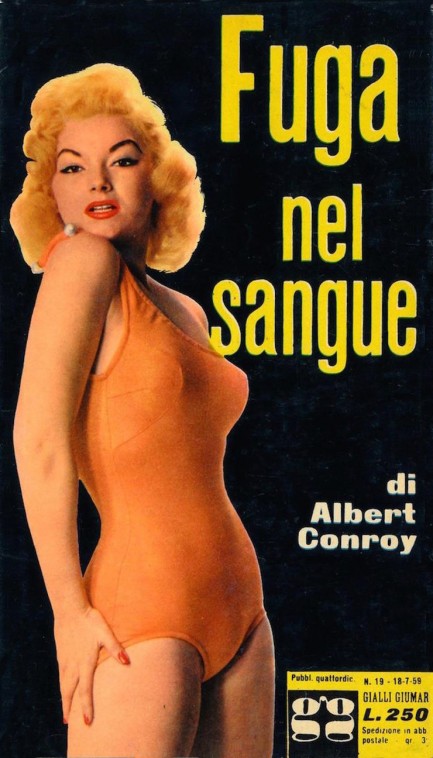
| Vintage Pulp | Dec 16 2015 |

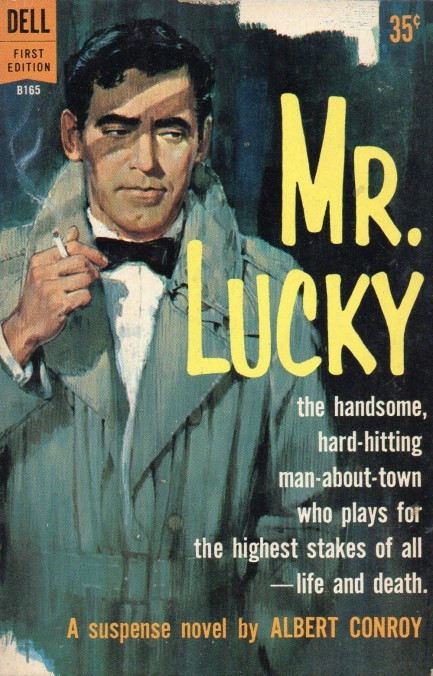
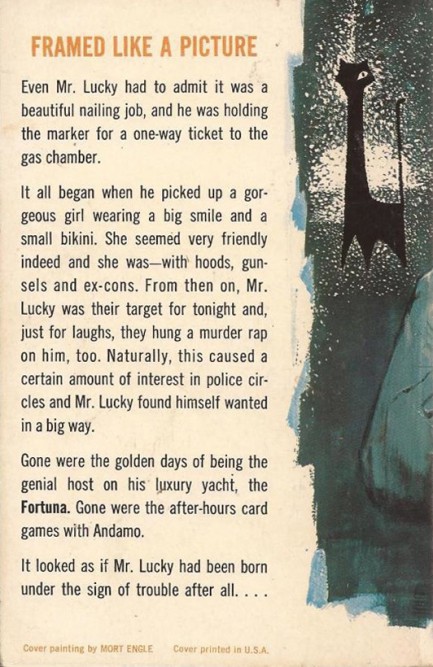
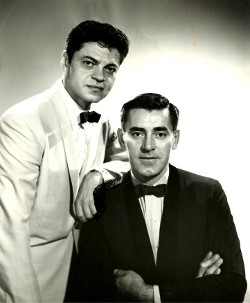 Mr. Lucky by Albert Conroy, aka Marvin H. Albert, has nice wraparound art, and the back cover, featuring an unlucky black cat, completes an excellent illustration by Mort Engle. This was actually the novelization of a 1959 Blake Edwards television series of the same name about a gambler who runs a casino on his yacht the Fortuna II, which is anchored off Los Angeles, but beyond the three-mile limit in international waters. In the book he’s framed for murder; in the series he and his sidekick Andamo have assorted wacky adventures, both on the boat and on land, often involving mobsters. The show starred John Vinyan and Ross Martin, and ran for thirty-four episodes—just one season. It was actually quite popular with viewers, but CBS cancelled it anyway. Vinyan said he thought it was done as a favor to Jack Benny to free the time slot for Checkmate, which was made by Benny’s production company. After the axe fell Blake Edwards tried to develop Mr. Lucky as a movie, and it’s possible Conroy’s 1960 novel had something to do with that. That part of the story is murky, but we’ll see if we can dig up a bit more.
Mr. Lucky by Albert Conroy, aka Marvin H. Albert, has nice wraparound art, and the back cover, featuring an unlucky black cat, completes an excellent illustration by Mort Engle. This was actually the novelization of a 1959 Blake Edwards television series of the same name about a gambler who runs a casino on his yacht the Fortuna II, which is anchored off Los Angeles, but beyond the three-mile limit in international waters. In the book he’s framed for murder; in the series he and his sidekick Andamo have assorted wacky adventures, both on the boat and on land, often involving mobsters. The show starred John Vinyan and Ross Martin, and ran for thirty-four episodes—just one season. It was actually quite popular with viewers, but CBS cancelled it anyway. Vinyan said he thought it was done as a favor to Jack Benny to free the time slot for Checkmate, which was made by Benny’s production company. After the axe fell Blake Edwards tried to develop Mr. Lucky as a movie, and it’s possible Conroy’s 1960 novel had something to do with that. That part of the story is murky, but we’ll see if we can dig up a bit more. | Vintage Pulp | Sep 16 2015 |

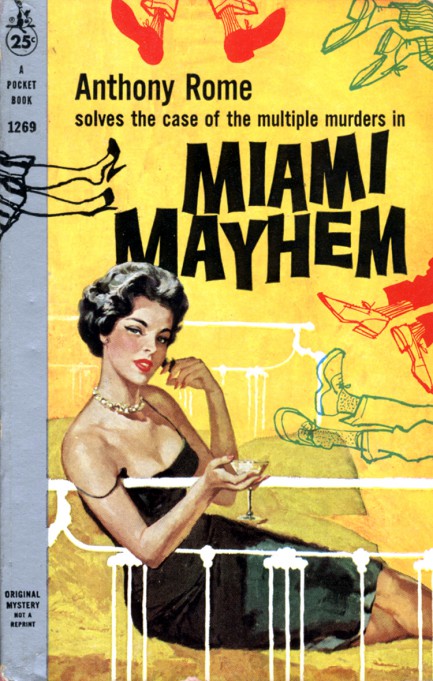
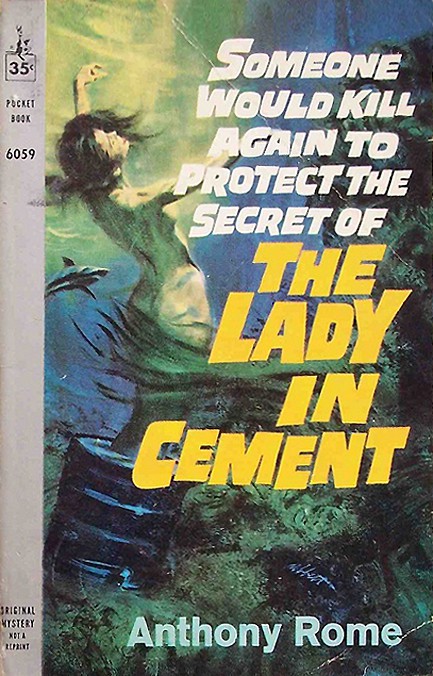
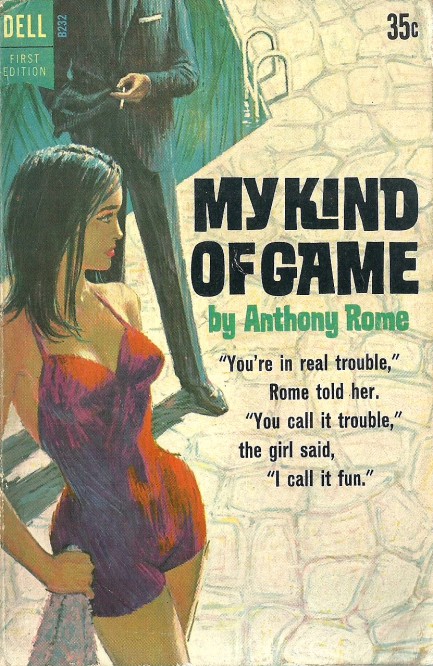
We watched Frank Sinatra’s 1967 detective movie Tony Rome last week and, except for some nice Miami exteriors and the presence of Jill St. John, it was strictly average. But it did give us the idea of digging up the source material, so above you see the covers of the three popular books in the literary series, published in 1960, ’61, and ’62. In an attempt to make readers think the tales were real-life adventures they’re credited to Anthony Rome, but they were actually written by veteran author Marvin H. Albert, who churned out more than one hundred books in the western, mystery, spy, and history categories. In addition to writing as Rome, he published as Albert Conroy, Al Conroy, Nick Quarry, Ian MacAlister, and J. D. Christilian. The cover art above is by, top to bottom, George Porter, Bob Abbett, and Victor Kalin. A while back we published a rare promo image from the film version of Lady in Cement and you can see that rather unusual shot here.
| Vintage Pulp | Sep 20 2013 |

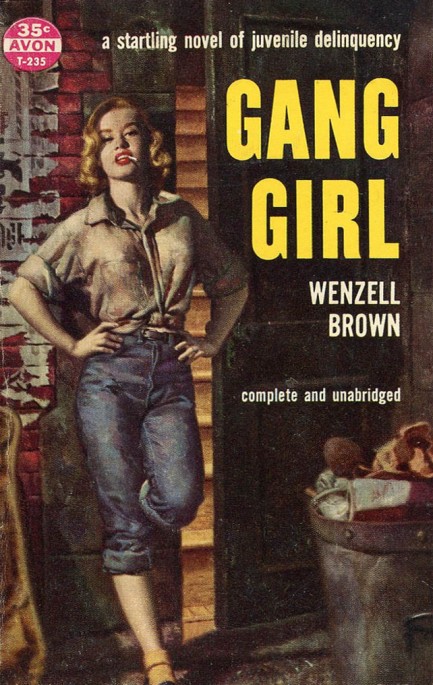
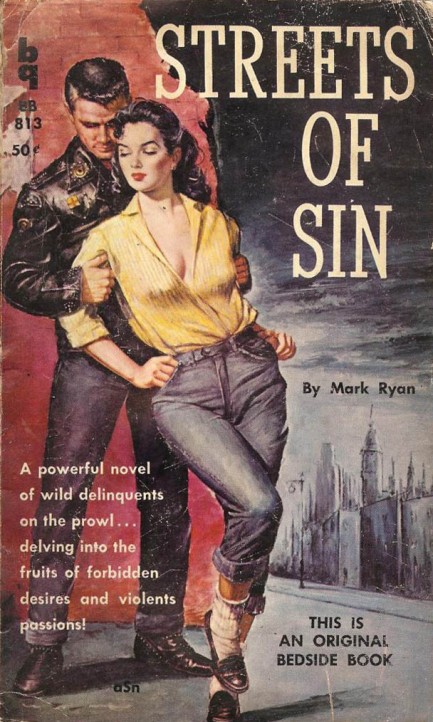
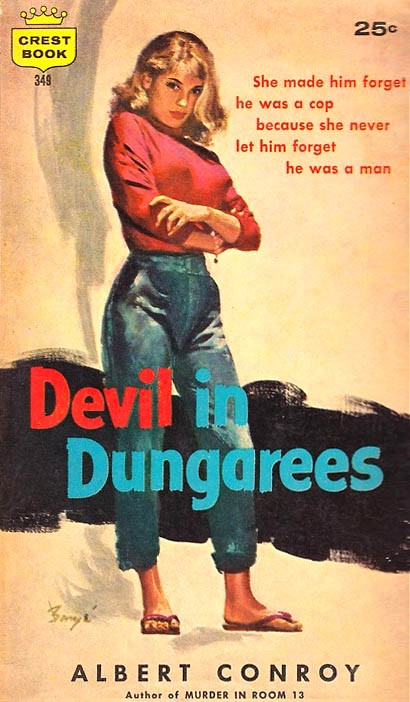
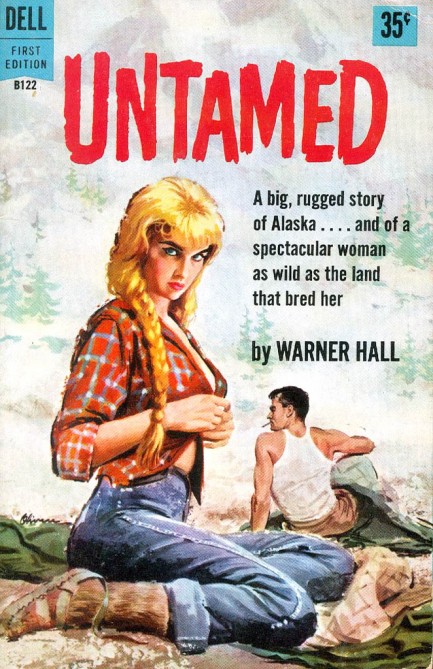
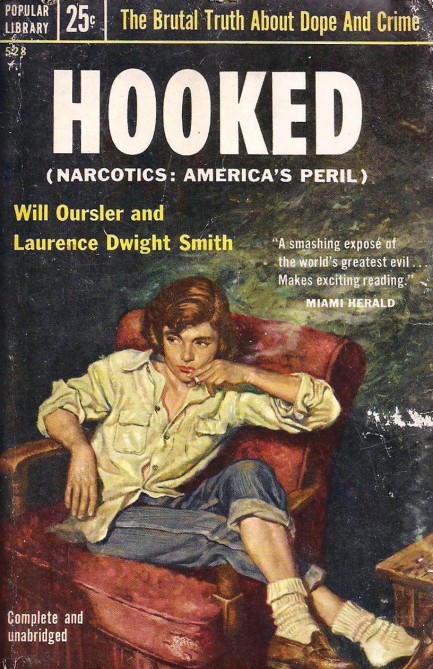
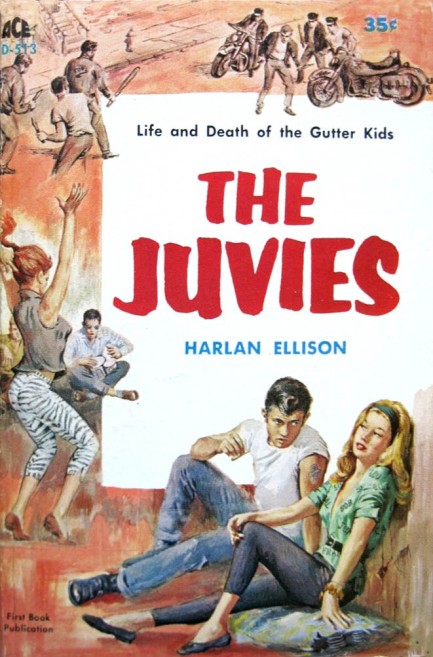
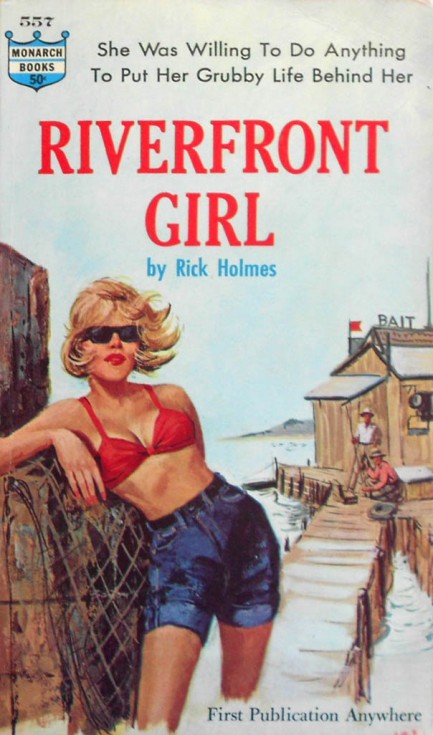
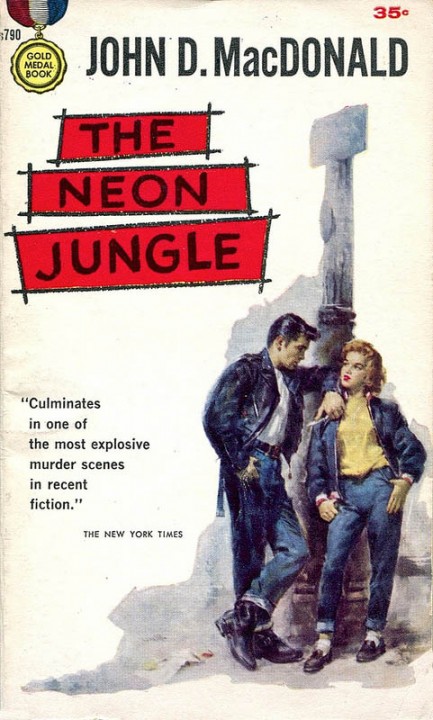
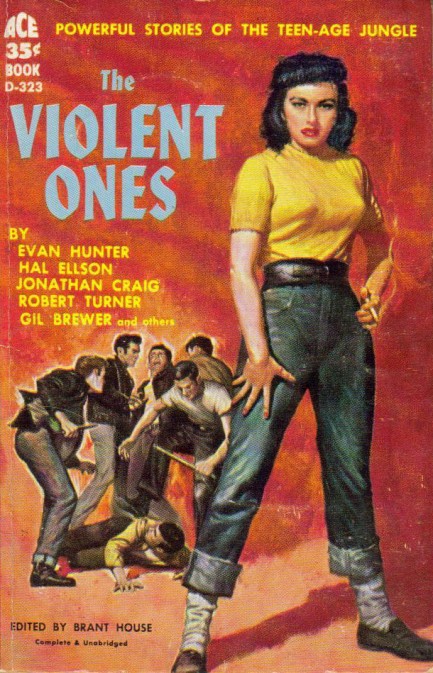
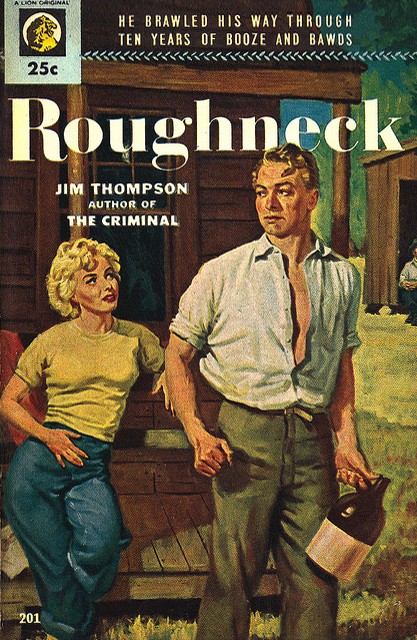
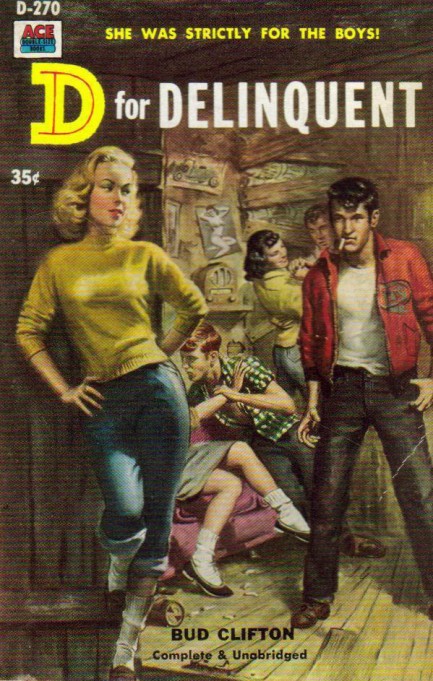
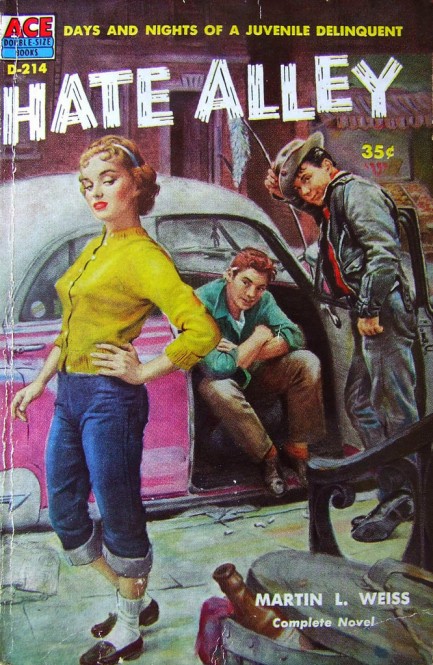
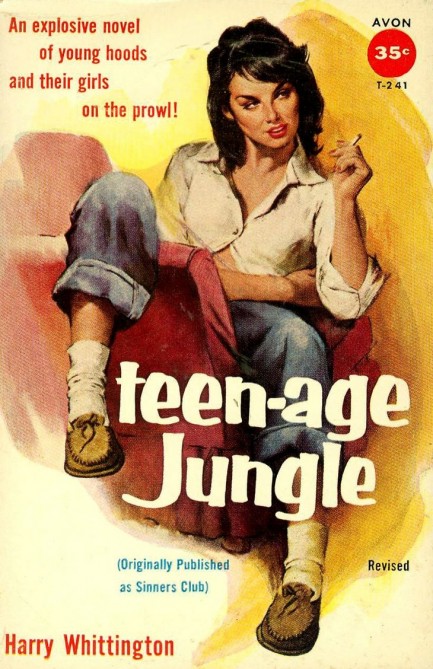
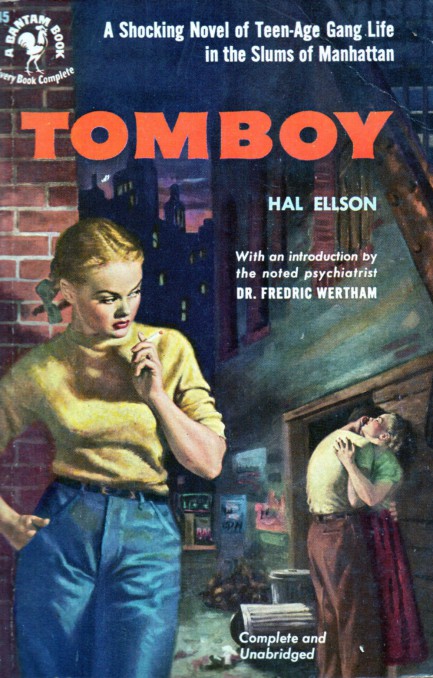
| Vintage Pulp | Aug 20 2012 |

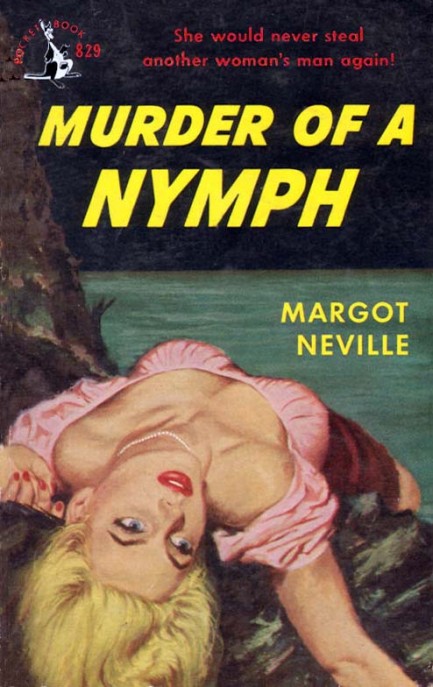
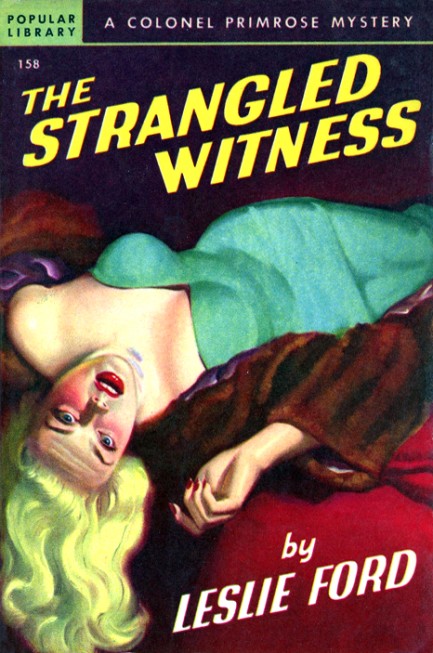
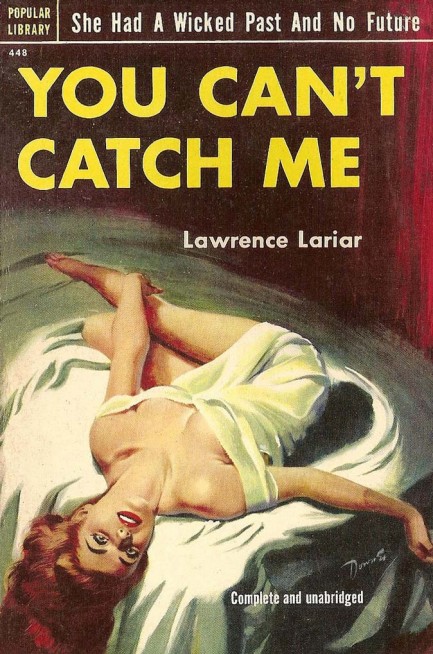
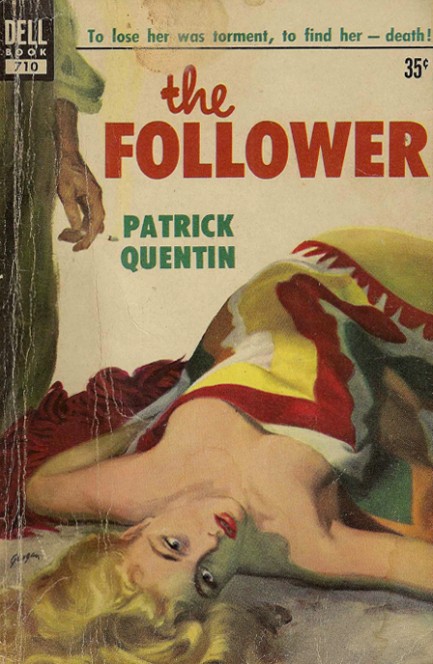
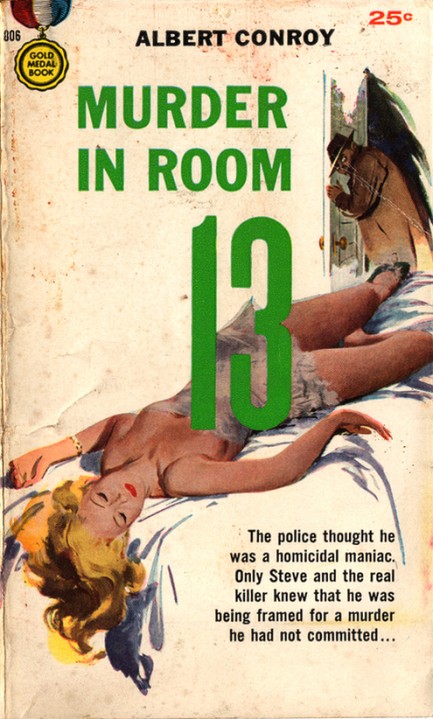
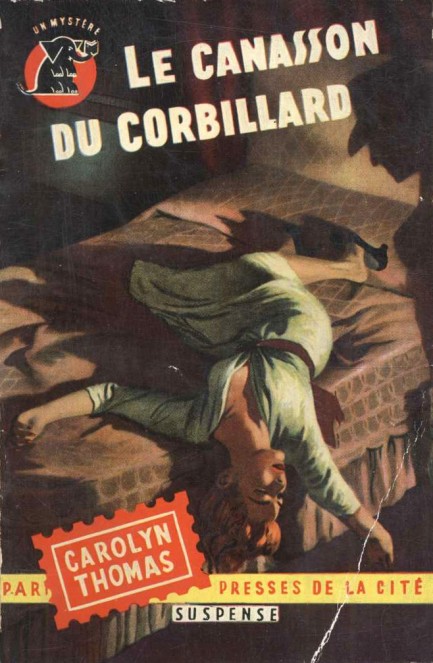
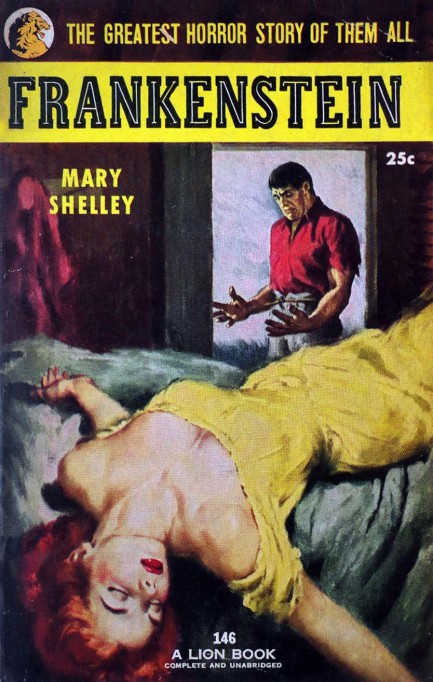
Above, seven excellent if morbid paperback covers showing a favorite pose of pulp artists—the beautiful supine dead woman with (just to make it extra creepy) nice cleavage. It's amazing how similar these covers are. Art is by Maurice Thomas, Rudolph Belarski, Willard Downes, George Geygan, Harry Schaare, and unknowns.
Update: We were also sent another example in this style by a reader. Check here.




































































